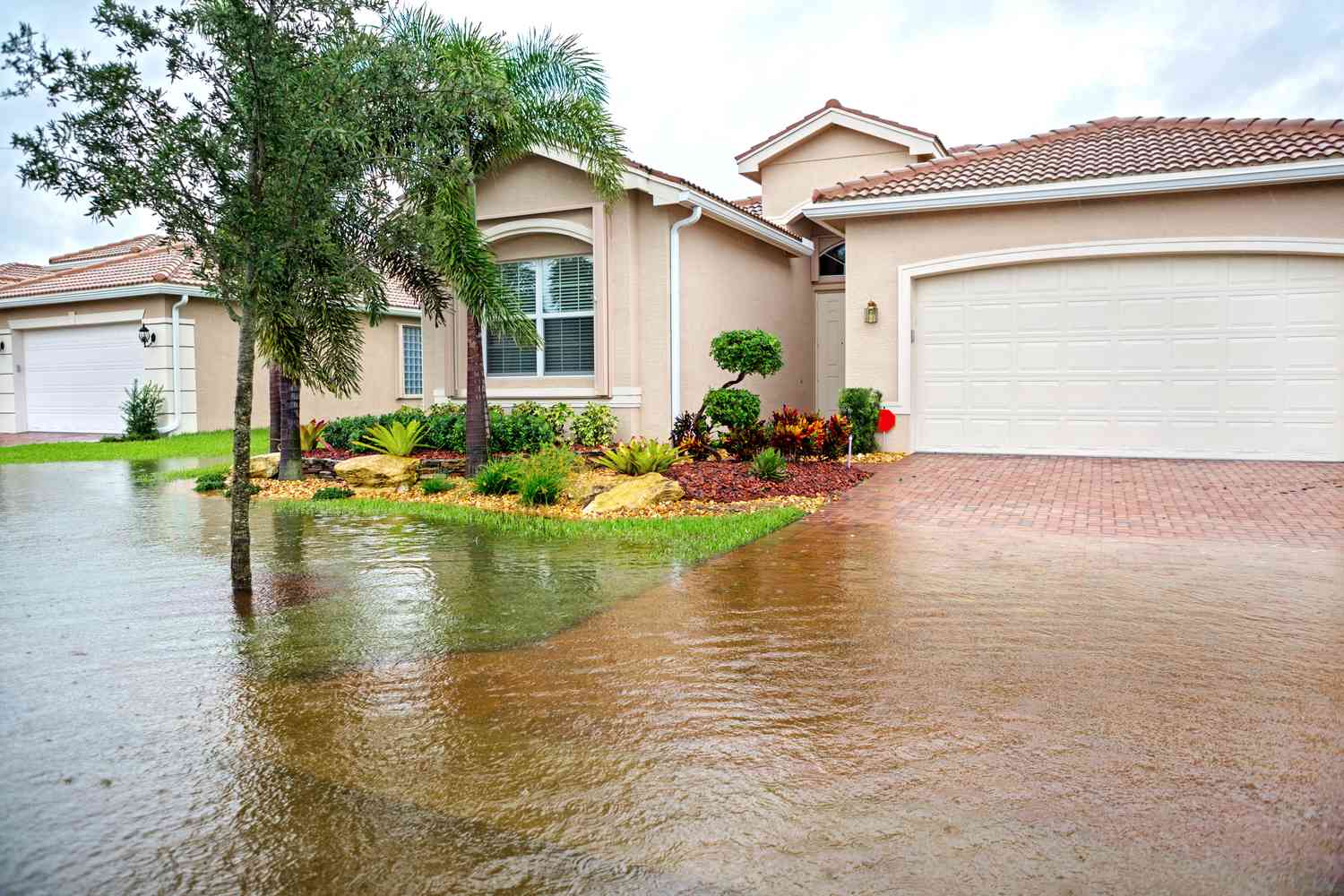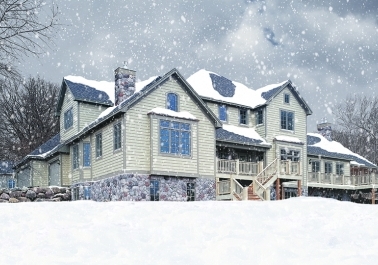
Weather-related damages can be devastating, causing significant financial burdens for homeowners. Fortunately, insurance coverage plays a vital role in weather damage restoration, helping individuals recover and rebuild their homes after natural disasters. In this article, we will explore the important role of insurance in weather damage restoration and provide key information to help you navigate the insurance claims process effectively.
- Understanding Insurance Coverage: Review your homeowners' insurance policy to understand the specific coverage it provides for weather-related damages. Policies typically include coverage for perils such as windstorms, hailstorms, hurricanes, and fire. It is important to know the limits and exclusions of your policy to ensure you have appropriate coverage for potential weather-related risks.
- Reporting the Damage: After your home has suffered weather-related damage, promptly report the incident to your insurance company. Provide them with detailed information regarding the extent of the damage, including photographs and descriptions. This initial notification triggers the claims process and allows the insurance adjuster to assess the situation.
- Working with the Insurance Adjuster: An insurance adjuster will be assigned to evaluate your claim and estimate the cost of repairs or replacements. Cooperate fully with the adjuster and provide them with any requested documentation, such as repair estimates, invoices, and inventory of damaged items. Their assessment will determine the amount of coverage you are eligible to receive.
- Documenting the Damage: Document the damage thoroughly by taking photographs or videos of the affected areas and damaged belongings. Make a detailed inventory of all damaged items, including their value and approximate age. This documentation serves as evidence for your claim and helps ensure you receive fair compensation.
- Temporary Repairs and Mitigation: In some cases, temporary repairs may be necessary to prevent further damage. Inform your insurance company before undertaking any temporary repairs and keep all receipts for materials and labor involved. Temporary repairs, such as tarping a damaged roof or boarding up broken windows, are typically covered under insurance policies.
- Loss of Use Coverage: Loss of use coverage, also known as additional living expenses (ALE), may be included in your policy. This coverage helps with the costs of temporary housing, meals, and other expenses if you are unable to live in your home during the restoration process. Keep track of all expenses related to temporary living arrangements for reimbursement.
- Selecting Contractors: Your insurance company may provide a list of preferred contractors or restoration companies. While it is not mandatory to choose from this list, working with recommended professionals can streamline the claims process. Be cautious of contractors who may offer to waive your insurance deductible, as this practice may be fraudulent.
- Deductibles and Policy Limits: Familiarize yourself with your policy's deductibles and policy limits. The deductible is the amount you must pay out of pocket before the insurance coverage applies. Policy limits indicate the maximum amount the insurance company will pay for a covered loss. Understanding these details helps manage expectations and financial responsibilities.
- Resolving Disputes: In case of any disagreements or disputes with your insurance company, follow the dispute resolution procedures outlined in your policy. This may involve contacting your insurance agent or filing a formal complaint with the appropriate regulatory agency in your jurisdiction. Seek legal advice if necessary.
Insurance coverage plays a vital role in weather damage restoration, providing financial support and peace of mind during challenging times. Understanding your insurance policy, promptly reporting damage, documenting the extent of the damage, cooperating with the insurance adjuster, and following the claims process are crucial steps to ensure a smooth and fair resolution. By navigating the insurance process effectively, you can receive the necessary assistance to restore your home and rebuild your life after weather-related damages.
Related Posts
Stump Grinder Services in Vancouver, WA: Why Hire a Professional?
Tree removal often leaves behind unsightly stumps that can disrupt the beauty an...
Read More
Modern Church Chairs vs. Traditional Church Pew: Which is Better?
When it comes to furnishing a worship space, the choice between modern church ch...
Read More
Restoring Historic Homes: Preserving the Past After Natural Disasters
Historic homes hold a significant place in our collective heritage, telling stor...
Read More
Winter Weather Woes: Protecting Your Home from Freezing Temperatures
As the winter season sets in, it brings with it freezing temperatures that can p...
Read More




